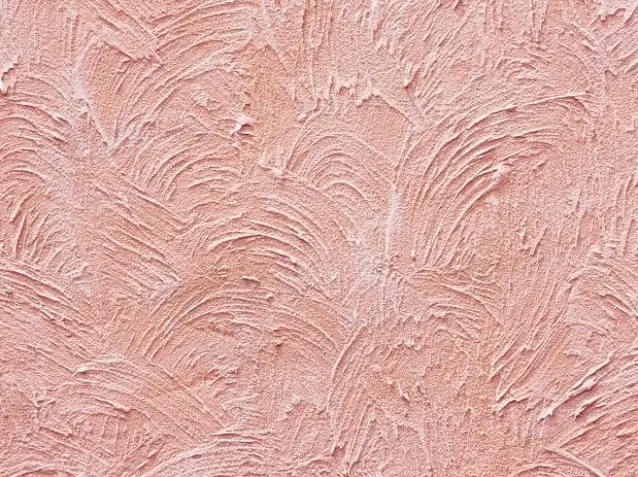Table of Contents
Brief Introduction:
Texture paint is a rough pattern on the wall. Texture paint reflects the view and touch of the wall. Texture painting can contain various materials on its surface such as wood, metal, sand, lace, ribbon, leather, etc.

Texture paints are unique in terms of visibility and touch. Texture paint in the interior space can be used as an alternative to wallpaper. This type of paint contains grains of sand and gypsum is bound with the water–thinned binder. The usage of texture paint gives a roughly patterned impact on the wall.
Types Of Texture Paint | Various Wall Texture Patterns
- Silica sand textured paint
- Roll–on textured paint
- Knockdown textured paint
- Smooth textured paint
- Popcorn textured paint
- Orange peel textured paint
- Splatter knockdown textured paint
- Hawk and trowel texture paint
- Skip trowel texture paint
- Slap brush texture paint
1. Silica sand textured paint
This option contains small particles of silica sand to add interest and texture to the wall. You can purchase pre-blended sand texture paints, or you can purchase sand additives and mix them directly with the paint of your choice.

2. Roll–on textured paint
Roll-on Texture Paint is an excellent textured finish applied prior to painting a room with regular paint. This undercoat can be achieved the specific look you want with a comb, trowel, roller, brush, or any other painting tool you like.
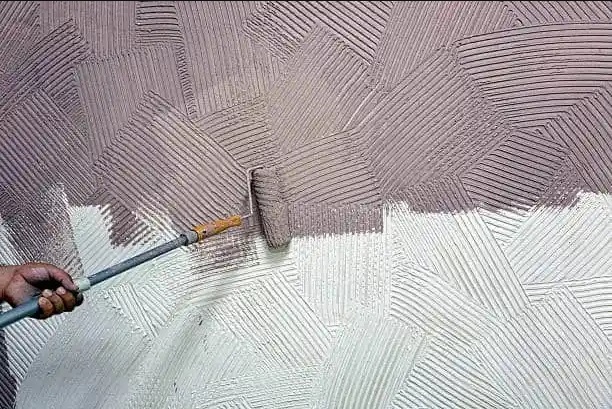
3. Knockdown textured paint
This type of painting are well known in bedrooms, living rooms, and hallways. This type of paint consists of spraying a layer of paint about 3.30 mm thick. This type of texture paint is hard and durable.
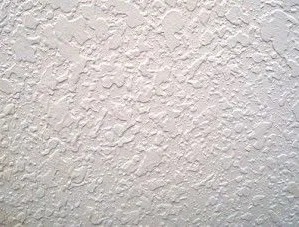
4. Smooth textured paint
Soft-textured paints are lighter than various-textured paints because they do not contain sand or grains and have a soft, smooth texture. Soft textured paints are heavy and thick, so you will need a spatula. The paint is very heavy and after drying it looks like plaster.
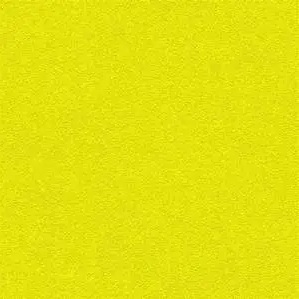
5. Popcorn textured paint
The texture of popcorn resembles that of popcorn, hence the name popcorn. Adding Styrofoam to the paint gives the texture a dry look. Painting with conventional painting tools is difficult.
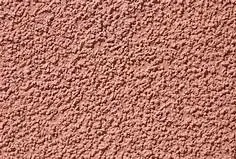
6. Orange peel textured paint
Orange peels are sprayed over the old peels with a spray gun and covered with a primer or topcoat. However, this painting’s texture is not as uneven as sand paint and is very durable. Paint is very easy to scrape off, making it perfect for bathrooms and kitchens.

7. Splatter knockdown texture paint
The splatter Knockdown wall texture is done more carefully than the rest because it happens in multiple stages. A minimum of two coats of primer are required before applying the wall texture over a wall covering. Later doing this you will give a softer surface by using a massive flat knife. This is a well-known texture paint in modern applications.
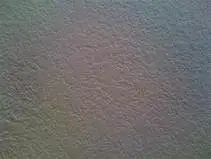
8. Hawk and trowel texture paint
The hawk is a flat layer with the underside of the handle used to develop the texture design. Apply the plaster to the center of each piece and use a flat rectangle to plaster the wall surface. As a result, hawk and trowel tend to create a stronger coating with a texture that blends with each other.

9. Skip trowel texture paint
The skip trowel is the easiest way to get it because it creates a random pattern in this textured painting. It is a very striking texture to hide wall imperfections or to hide uncoated drywall tape.
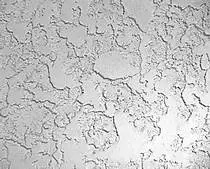
10. Slap brush texture paint
The texture paint utilizing a ‘crow’s foot‘, ‘panda paw’, or ‘stomp’ brush is called a Slap Brush texture. This is an important kind of texture that creates a variety of wall designs to prevent imperfections. Brushes can be used for stamping, tapping, twisting, or scraping to create textured patterns for a polished look.
